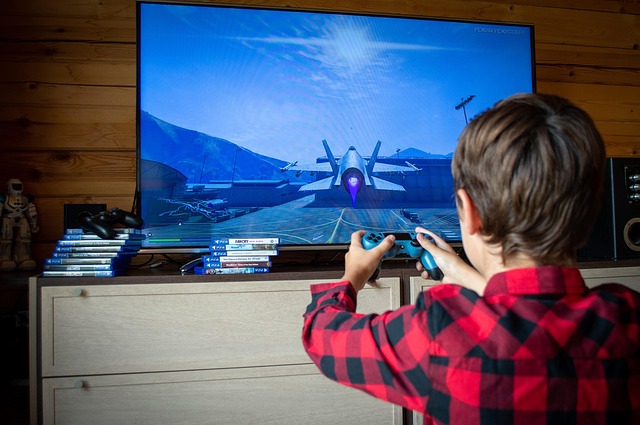Playtesting is a vital phase in game development, enabling developers to identify bugs, balance gameplay, and refine user experiences through early feedback from testers. It offers hands-on learning for aspiring developers, fosters understanding of target audiences, and aids data-driven decision-making. Player feedback guides refinements to story, characters, gameplay mechanics, and visual design, creating more engaging games. Playtesting iteratively improves games, facilitating continuous improvement based on real-time player feedback and encouraging dynamic game design.
Playtesting is an indispensable phase in game development, offering a multitude of benefits that contribute to creating polished, player-centric experiences. By immersing games in real-world scenarios, developers uncover bugs and glitches early on, ensuring seamless gameplay. Player feedback provides valuable insights into the game’s appeal, guiding design decisions. Iterative playtesting refines gameplay mechanics, fostering an engaging, balanced, and ultimately successful game experience for all involved.
- Uncovering Bugs and Glitches Early On
- Player Feedback: Shaping Game Experience
- Iterative Design: Refining Gameplay Mechanics
Uncovering Bugs and Glitches Early On

Playtesting is an invaluable process in game development that allows developers to uncover bugs and glitches early on in the production cycle. By bringing in playtesters, even at the prototype stage, developers can identify technical issues, balance gameplay mechanics, and refine the overall user experience before investing significant time and resources into further development. This proactive approach ensures that the final product is free from major flaws, providing a smoother and more enjoyable gaming experience for players.
Moreover, playtesting offers an opportunity to gather qualitative feedback on the game’s design, narrative, and mechanics. Playtesters can offer insights into what works well and what doesn’t resonate with them, helping developers make informed decisions about adjustments and improvements. This iterative process not only enhances the quality of the game but also fosters a deeper understanding of the target audience, aligning the final product with players’ expectations and preferences. For aspiring developers interested in career exploration games or digital literacy skills, engaging in playtesting can provide valuable hands-on experience, enabling them to visit us at virtual field trips anytime and learn from real-world gaming scenarios.
Player Feedback: Shaping Game Experience

Player feedback is an invaluable asset during game development and playtesting. It offers developers a direct window into how real players interact with their creation, providing insights that can shape and enhance the overall gaming experience. Through playtesting, developers can identify aspects of the game that resonate strongly with players, as well as areas that need improvement or clarification. This feedback loop is crucial for refining the game design, ensuring it aligns with player expectations and desires.
Furthermore, the process allows for a deeper understanding of how players engage with various elements of the game, from story and characters to gameplay mechanics and visual design. Integrating this data into development can lead to more immersive and engaging games that captivate their audience. For those interested in digital storytelling or environmental conservation efforts, playtesting serves as a bridge between concept and realization, enabling creators to craft narratives and experiences that both entertain and inspire, visiting us at virtual reality education anytime for more insights on leveraging technology in creative ways.
Iterative Design: Refining Gameplay Mechanics

Playtesting is an iterative design process that involves repeatedly testing and refining a game during its development phase. This approach is invaluable for game developers as it allows them to gather real-time feedback from players, which can then be used to enhance gameplay mechanics. By observing how players interact with the game, developers can identify issues, understand what works well, and make informed decisions about future iterations.
This method resembles scientific experiments or virtual media analysis exercises where variables are manipulated to observe their effects. In the context of games, adapted learning paths can be created based on playtest outcomes, ensuring that gameplay challenges align with players’ skill levels. The iterative nature of playtesting encourages a dynamic and evolving game design, ultimately leading to a more engaging and enjoyable experience for the end-users. Moreover, it fosters collaboration among developers, providing them with fresh perspectives and insights through feedback sessions. Give us a call at collaborative gameplay for more information on how this process can benefit your game development journey.
Playtesting is an invaluable process in game development, offering numerous benefits that contribute to creating a polished and enjoyable gaming experience. By identifying bugs and glitches early on, developers can ensure smooth gameplay. Player feedback provides crucial insights, allowing designers to shape the game according to user preferences. Additionally, iterative design refining mechanics makes the game more engaging. Incorporating these strategies enhances the overall quality of the game, making it more appealing to players in the competitive market.

Leave a Reply